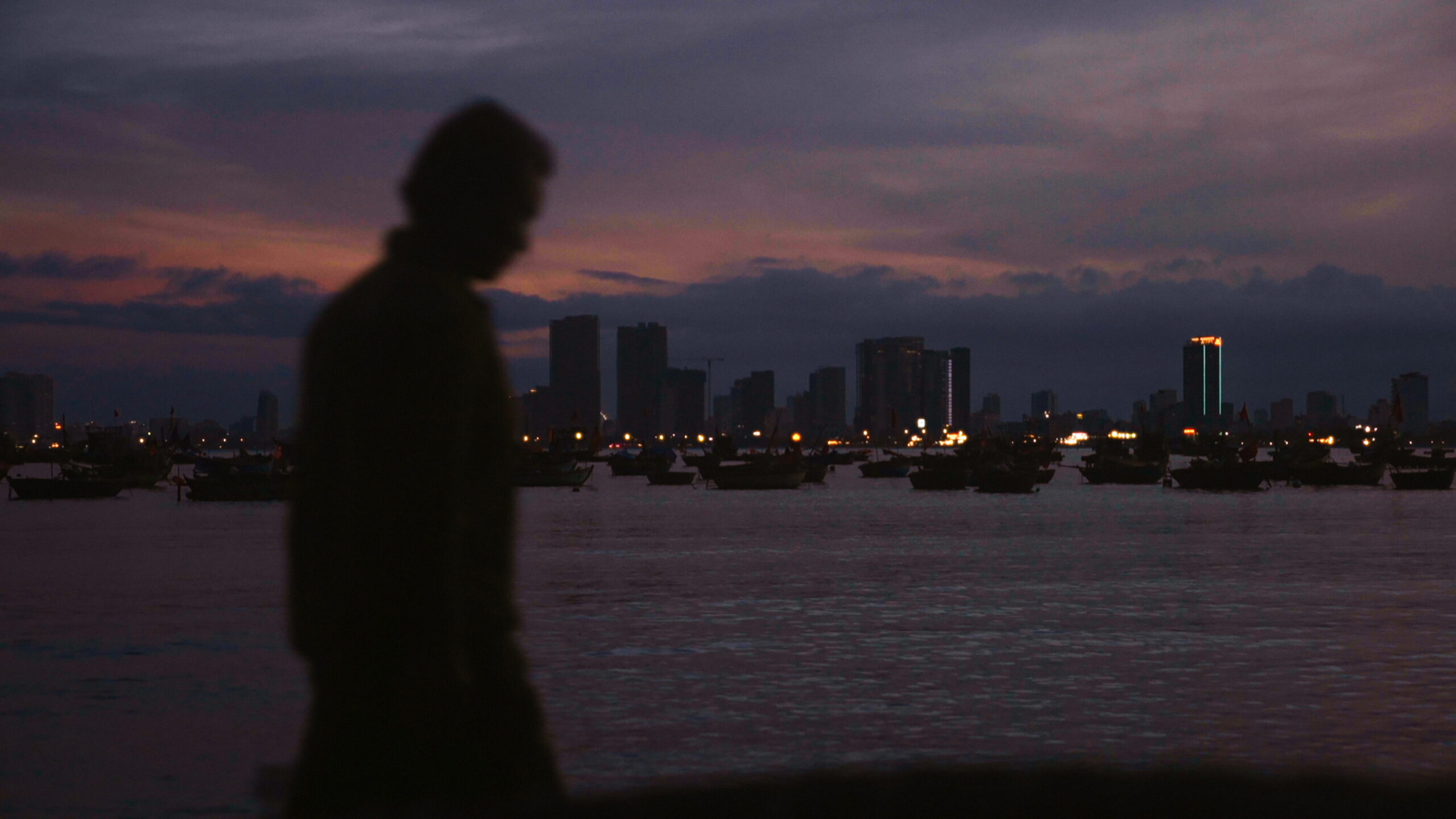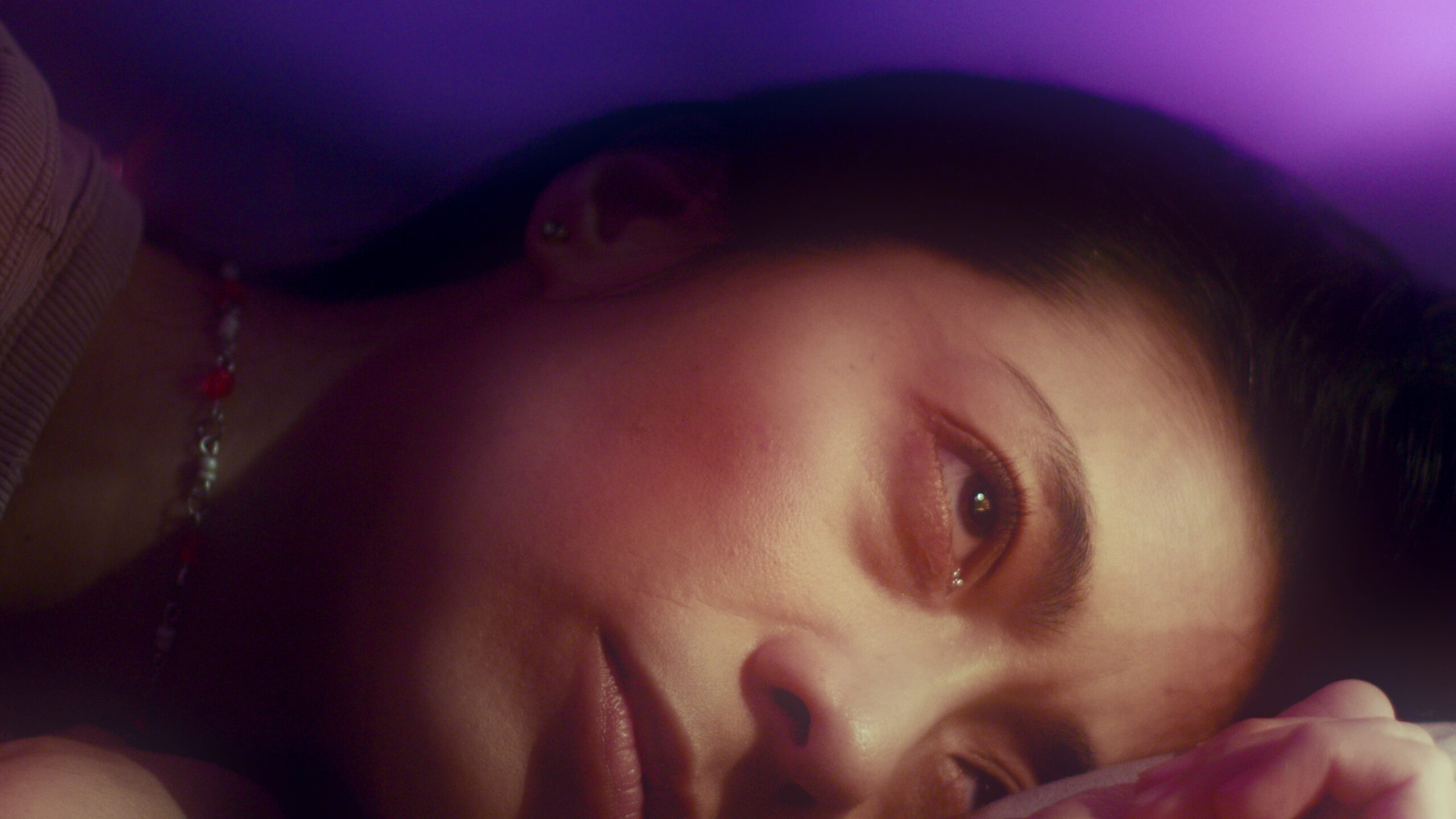Memory, Movement, and Making Meaning: Three Films at LAAPFF 2025 Ask Us to Reflect -and Reimagine
June 24, 2025
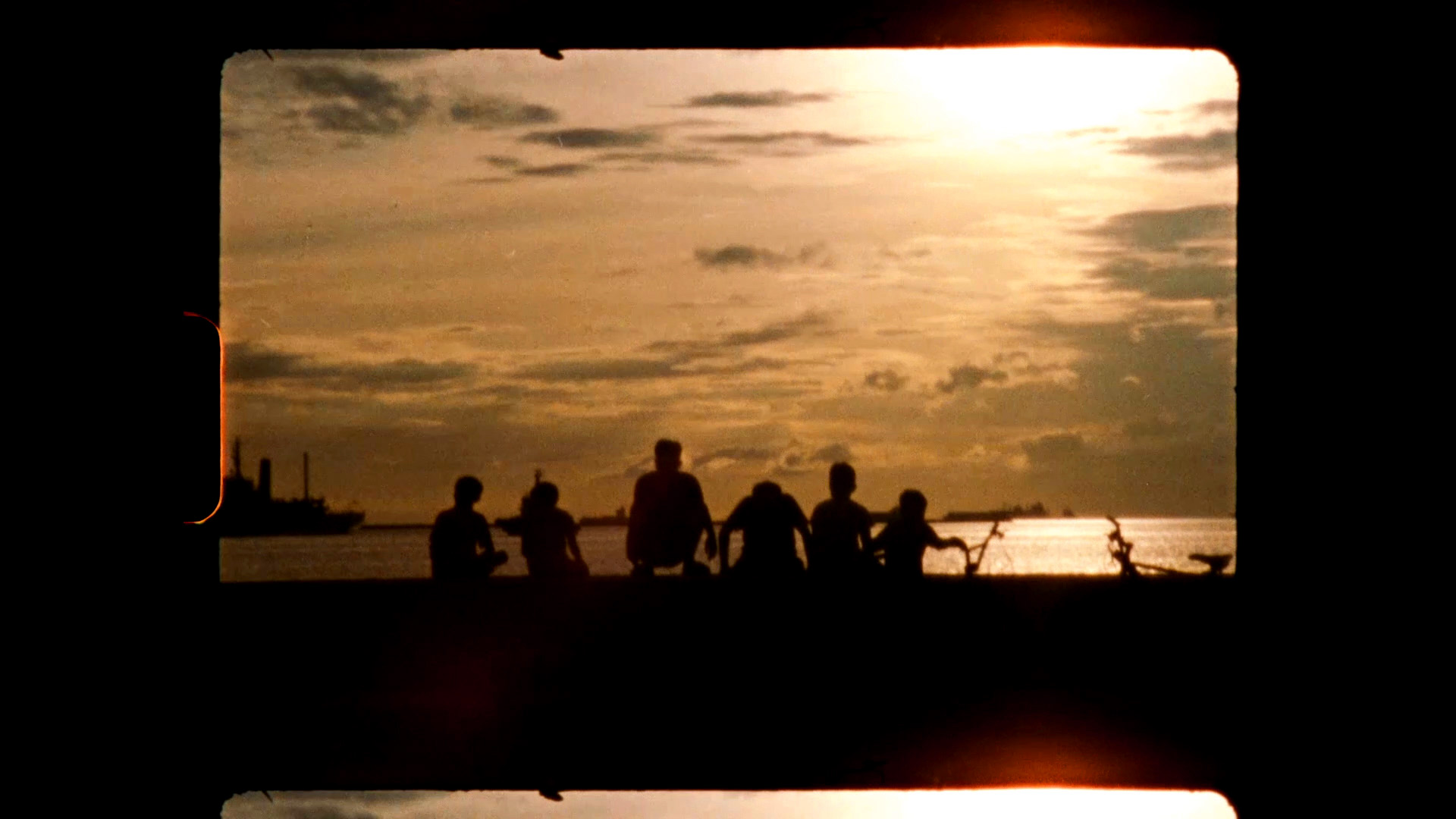
Written by Eseel Borlasa, After Bruce
What do we carry forward from the past? How do we hold personal memory alongside collective struggle? At the 2025 Los Angeles Asian Pacific Film Festival (LAAPFF), three films –We Were the Scenery, Making Waves: The Rise of Asian America, and Memory Palace -offer meditations on identity, family, and the long echoes of war, migration, and movement-building.
WE WERE THE SCENERY
Written and Produced by Cathy Linh Che
In We Were the Scenery, poet-turned-filmmaker Cathy Linh Che reclaims a painful historical footnote with radical intimacy. The film centers on her parents, Vietnam War refugees, who were used as extras in Apocalypse Now. Che repositions them -not as background -but as central voices in a conversation about legacy, survival, and memory.
“It’s a landmark year,” Che shares. “Fifty years after the end of the war, I hope the film is an opportunity for all of us to reflect on how far we’ve come -and how far we have to go.”
Told through her parents’ voices, the film reveals a tender back-and-forth with their daughter, even though Che never appears on-screen. “They’re addressing me,” she says, “as the next generation, an inheritor and a listener.” Their dialogue, full of humor, grief, and candor, invites a broader cultural practice: “People have told me they want to start recording their parents, so their stories won’t be lost. That’s the greatest honor to me.”
Surprisingly, Che’s father remembers the refugee camp fondly. “They made wonderful friendships and memories there,” she reflects. “That’s also part of the story -joy alongside survival.”
More than a family archive, Che sees the film as a political act. “It’s an act of fierce hope,” she says, “one that connects to the future -of a liberated Palestine, Sudan, Congo. I see media as shedding light on the end of colonization and imperialism. On the possibility of love.”
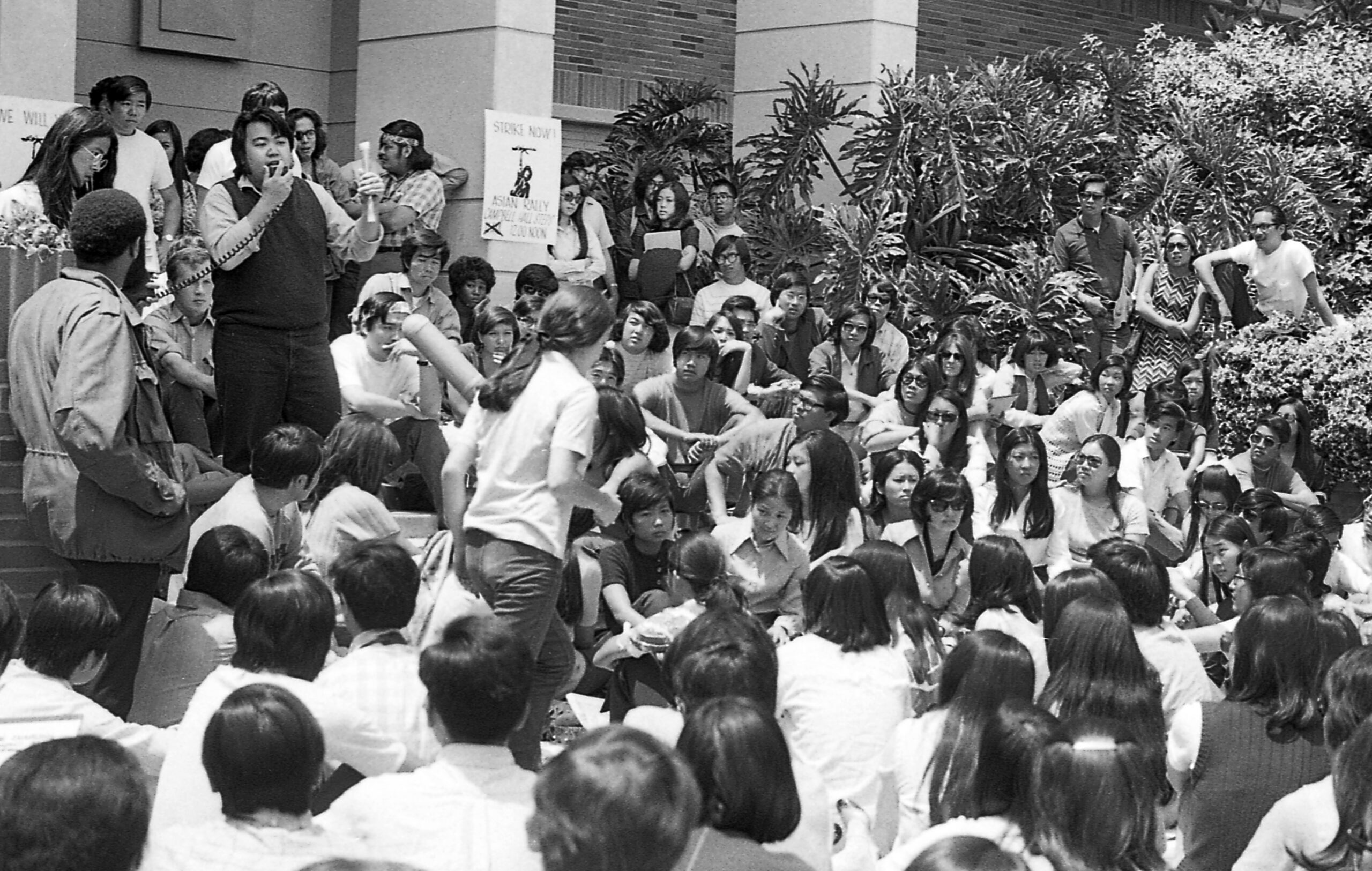 MAKING WAVES: THE RISE OF ASIAN AMERICA
MAKING WAVES: THE RISE OF ASIAN AMERICA
Directed and Produced by Jon Osaki
From Texas classrooms to Bay Area archives, Making Waves charts the rise of Asian American identity as both cultural memory and political movement. Directed by veteran youth advocate Jon Osaki, the documentary traces decades of activism -rooted in the ethnic studies strikes of the 1960s and carried forward by today’s student leaders.
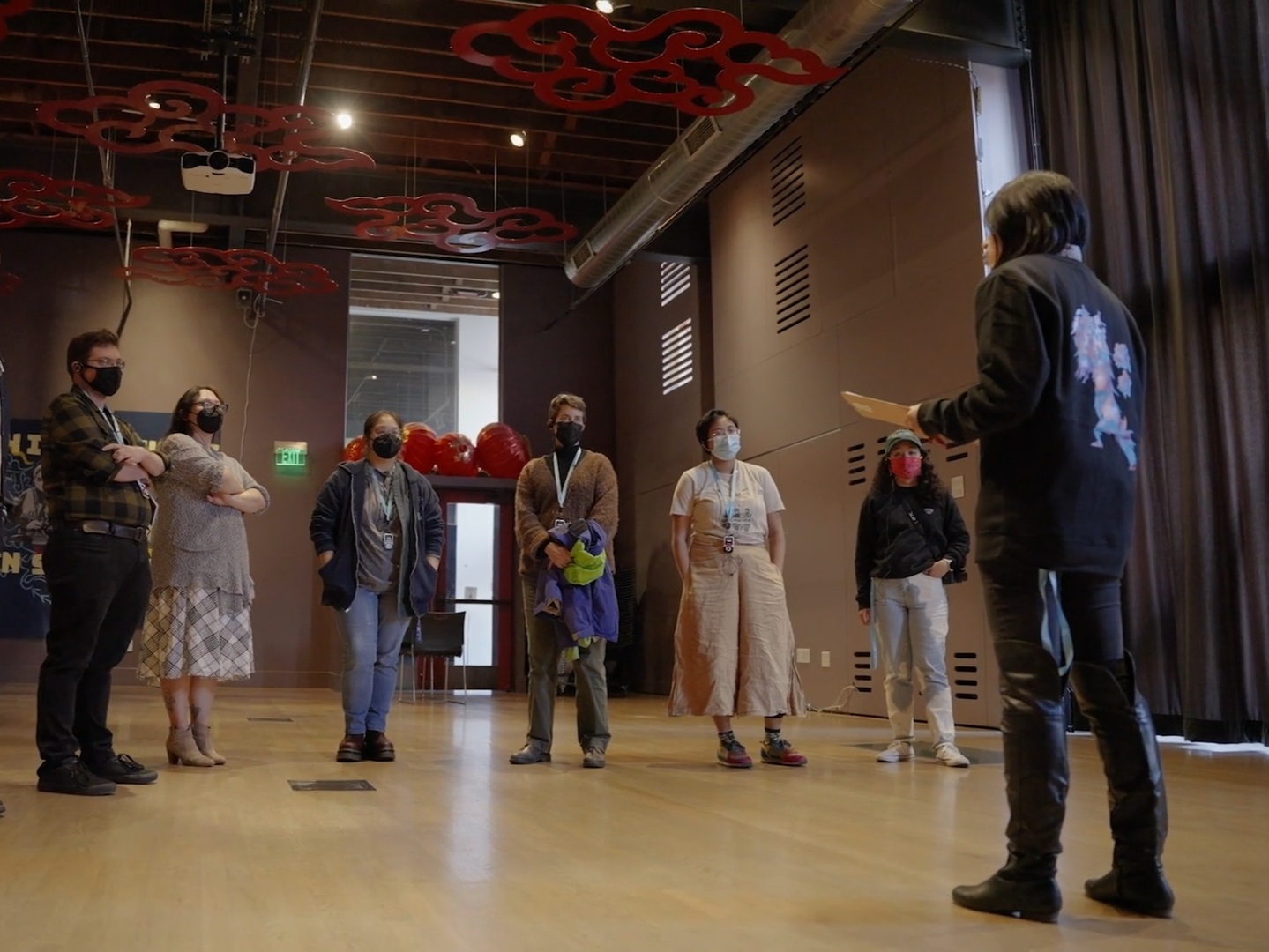
“Making Waves is about communities demanding self-determination,” Osaki says. “It lifts up youth voices who reaffirm our rich history of resilience, struggle, and contribution.”
The film begins with students fighting for Asian American Studies in the conservative South and moves through contemporary culture wars -book bans, curriculum battles, and the erasure of systemic racism in schools. Osaki links these present-day flashpoints to a broader history of coalition building, recalling the Third World Liberation Front and its demand for education rooted in truth and justice.
Osaki brings a unique lens to the story: as a filmmaker who came up through community organizing and youth development. His previous films, including Alternative Facts and Reparations, are widely used in public policy and movement spaces. Now, with Making Waves, he hopes to expand access to ethnic studies nationwide -especially in areas where students are leading the charge.
“We want this film to inspire and equip a new generation of activists,” he says. “Especially those working in schools that have never told our stories.”
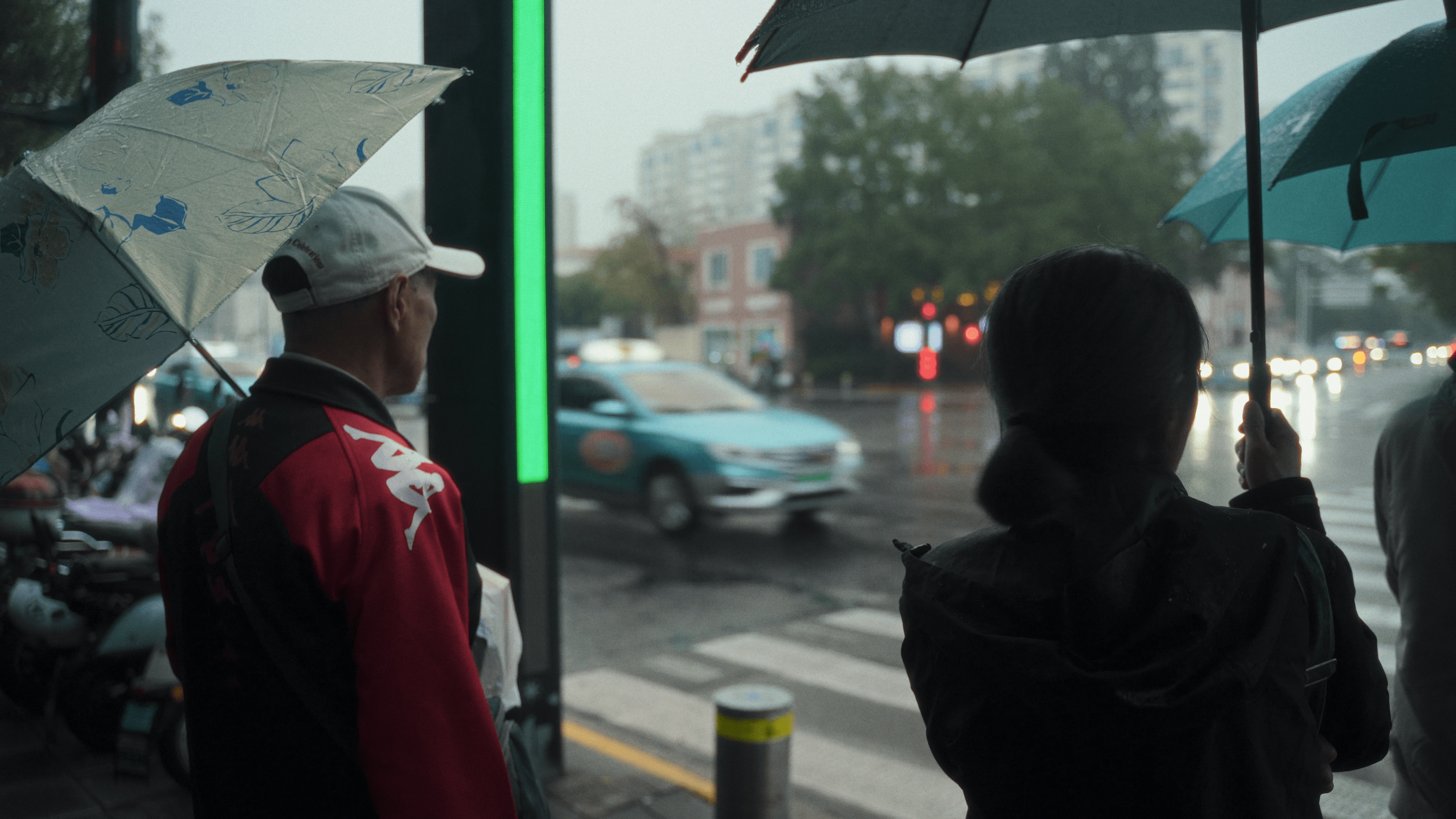 MEMORY PALACE
MEMORY PALACE
Written, Directed, and Shot by Steven Gong

With Memory Palace, first-time filmmaker Steven Gong offers a poetic, experimental meditation on intergenerational tension and the diasporic push-pull between East and West. Inspired by a return to his ancestral home in China, Gong weaves together spatial memory, personal reflection, and cultural frameworks -Eastern collectivism versus Western individualism -to trace how families fracture, adapt, and remember.
“Going back brought all these feelings to the surface,” Gong shares. “It made me reflect on the decisions my parents made, the ones I’ve made -and what it means to confront where we came from.”
The film eschews traditional narrative structure in favor of a more tactile, sensory exploration. Gong used limited resources to physically rearrange and reimagine the spaces of his childhood, reshaping them into a site of creative healing.
“That process brought me joy,” he says. “It helped me reclaim a troubled past -one that, after honoring, I could move forward from on my own terms.”
Reclaiming the Past, Shaping the Future
Together, these three films present a collective invitation: to listen more deeply, to study the systems that shape us, and to tell the stories we’ve been waiting to hear. Whether in a home video conversation, a statehouse hearing, or a dreamlike memory corridor, each work reminds us that healing, like justice, begins with attention.

 tweet
tweet share
share